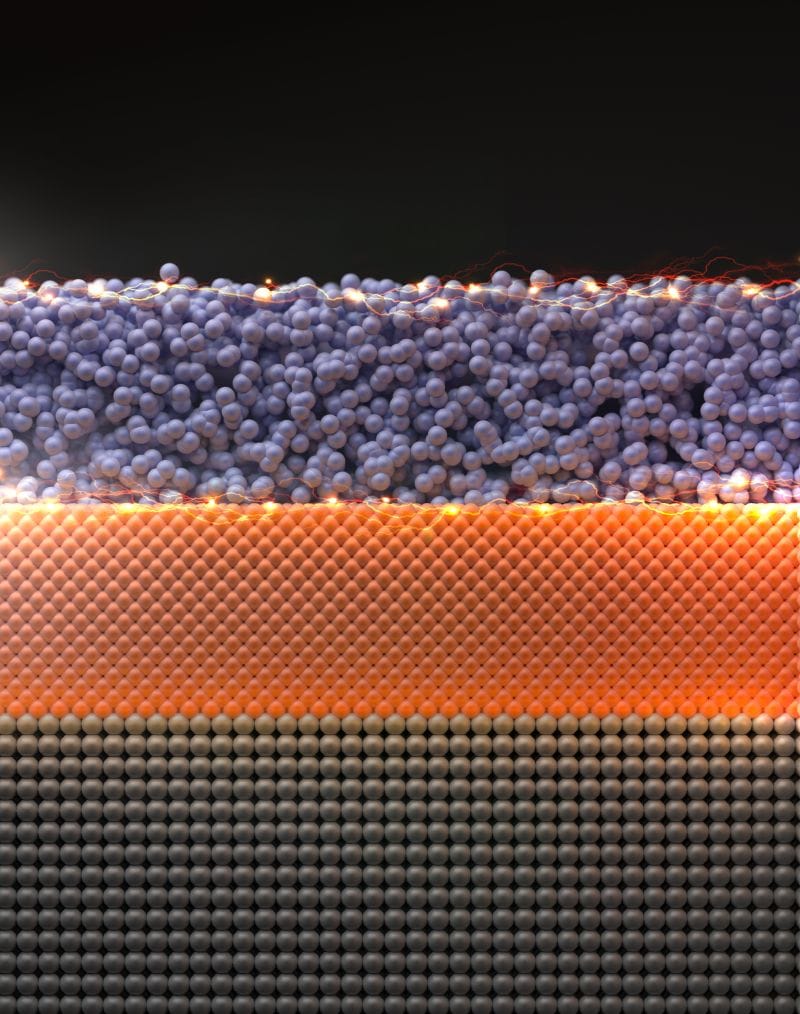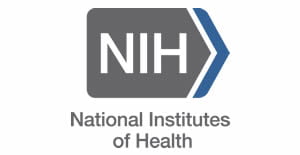RSS Feed Source: Academic Keys
JOB TITLE
Postdoctoral Fellow in Computational Clinical Cardiac Electrophysiology
LOCATION
Worcester
DEPARTMENT NAME
Biomedical Engineering Department – NFR JM
DIVISION NAME
Worcester Polytechnic Institute – WPI
JOB DESCRIPTION SUMMARY
JOB DESCRIPTION
Core Duties:
Collaborate closely with the principal investigator to design and implement research studies. Examine experimental and clinical data, maintaining meticulous laboratory records. Consistently share findings with the principal investigator and fellow researchers. Aid in crafting technical reports, drafting grant proposals, and preparing scientific presentations. Play a pivotal role in peer-reviewed publications, as both a lead and co-author. Provide mentorship to both undergraduate and graduate students. Collaborate with a diverse team of research specialists.
Preferred Qualifications:
A Ph.D. in electrical engineering, computer science & engineering, applied statistics/mathematics, or a closely related field; familiarity with cardiac electrophysiology modeling is advantages. A solid background and interest in numeric optimization, statistical inference, and machine learning and deep learning techniques.
Click this link to continue reading the article on the source website.

